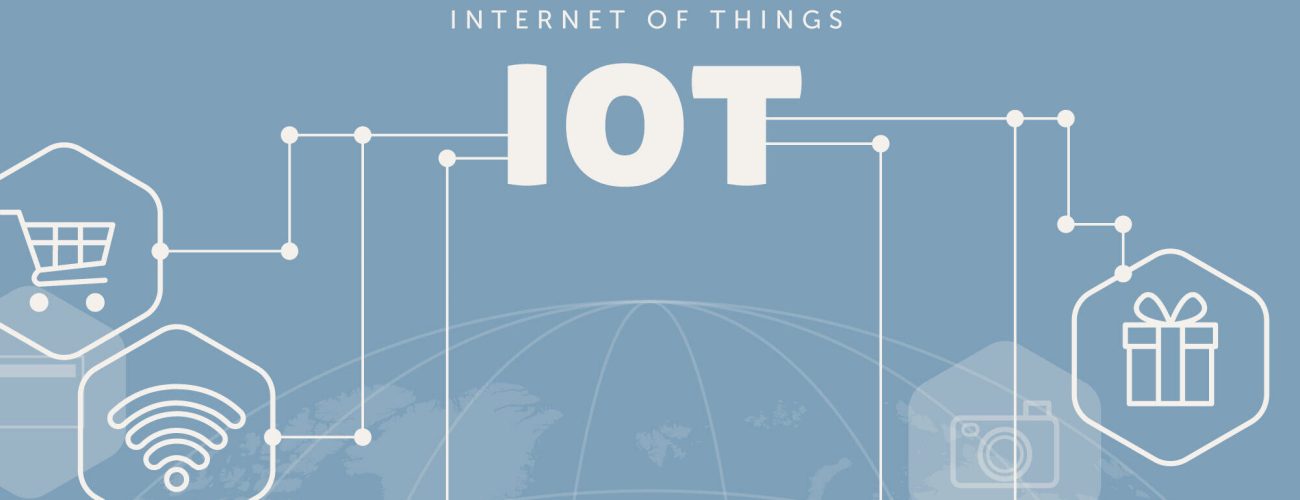Cybersecurity in the era of IoT: Understanding IoT and Securing Devices

The era of the Internet of Things (IoT) has revolutionized how devices interact with each other and with us. However, this interconnectedness also introduces significant cybersecurity challenges.
Here’s an overview of IoT and the importance of securing these devices:
Understanding IoT:
IoT (Internet of Things) refers to the network of physical objects—devices, vehicles, buildings, and other items embedded with sensors, software, and other technologies—that connect and exchange data with other devices and systems over the internet. These devices can range from everyday household items like smart thermostats and wearable fitness trackers to more complex systems like industrial machinery and smart city infrastructure.
Key Characteristics of IoT:
- Interconnectivity: Devices communicate with each other, often without human intervention.
- Data Collection: IoT devices gather vast amounts of data from their environment.
- Remote Control: Many IoT devices can be monitored and controlled remotely via smartphones, tablets, or computers.
- Automation: IoT enables automation in various settings, from homes to industries, enhancing efficiency and reducing the need for human input.
The Cybersecurity Challenge
As IoT devices proliferate, so do the potential vulnerabilities and attack vectors. Cybersecurity in the IoT era must address these unique challenges:
- Massive Attack Surface: The sheer number of connected devices increases the potential points of entry for cyberattacks. Each device represents a potential vulnerability that hackers can exploit.
- Limited Security Features: Many IoT devices are designed with limited processing power and memory, which restricts the implementation of advanced security measures. Manufacturers often prioritize functionality and cost over security.
- Diverse Ecosystem: IoT devices are produced by various manufacturers, leading to inconsistencies in security standards. This diversity can create vulnerabilities if devices are not properly integrated or if security patches are not uniformly applied.
- Default and Hardcoded Credentials: Many IoT devices come with default usernames and passwords, which users often do not change. These credentials are easy for attackers to discover and exploit.
- Data Privacy Concerns: IoT devices collect vast amounts of personal data, raising significant privacy issues. A breach can lead to sensitive information being exposed or misused.
- Physical Security: IoT devices are often deployed in environments where they are physically accessible to attackers, increasing the risk of tampering.
Securing IoT Devices
To mitigate the risks associated with IoT, the following cybersecurity measures are crucial:
- Secure Device Design: Manufacturers should integrate security features into the design phase of IoT devices, including encryption, secure boot processes, and regular security updates.
- Strong Authentication: Implement strong, unique passwords for each device, and use multi-factor authentication (MFA) where possible.
- Regular Firmware Updates: Ensure that devices are regularly updated with the latest firmware to patch known vulnerabilities. Automatic updates should be enabled if available.
- Network Segmentation: Isolate IoT devices on a separate network from critical systems. This reduces the risk of an attacker gaining access to sensitive systems through a compromised IoT device.
- Data Encryption: Encrypt data both at rest and in transit to protect against interception and unauthorized access.
- Monitoring and Logging: Continuously monitor IoT devices for unusual activity and maintain logs for forensic analysis in the event of an incident.
- User Awareness and Education: Educate users about the importance of IoT security, including changing default passwords and recognizing phishing attempts that could lead to device compromise.
- Physical Security Measures: Protect IoT devices from physical tampering by placing them in secure locations and using tamper-evident seals.
Conclusion
Securing IoT devices is a complex but critical task as the number of connected devices continues to grow. By understanding the unique challenges posed by IoT and implementing robust cybersecurity practices, both manufacturers and users can help mitigate the risks associated with these technologies.
References:
- Smarter workspaces. Epic experiences. – https://meraki.cisco.com/experiences/smart-spaces/
- IoT Services and Solution Protection – https://www.fortinet.com/solutions/mobile-carrier/iot-ecosystem/
- Security Device Management – https://www.silversky.com/wp-content/uploads/2024/01/Security-Device-Managem ent.pdf/
- What Will the Future of Cybersecurity Bring? – https://www.coro.net/blog/what-is-the-future-of-cybersecurity/
- What Is an IoT Device? – https://www.internetsociety.org/iot/
- What Is IoT Security? Challenges and Requirements – https://www.fortinet.com/resources/cyberglossary/iot-security
- Functions Of Endpoint Security Tools – https://www.xcitium.com/edr-security/endpoint-security-tools/
This article was written by Jason Corona who is currently doing his externship with Up Front Connection, as part of our collaboration with Delete the Divide, an initiative led by the County of Los Angeles to advance digital equity in underserved communities through partnerships, infrastructure investments, and technology resources that empower residents and small businesses.
Jason is a highly motivated and adaptable professional seeking a career transition from the medical industry to the tech industry. Strong technical aptitude and a passion for problem-solving, combined with transferable skills gained through diverse work experience. Committed to leveraging his background in healthcare to contribute to making impactful contributions towards the tech industry.


